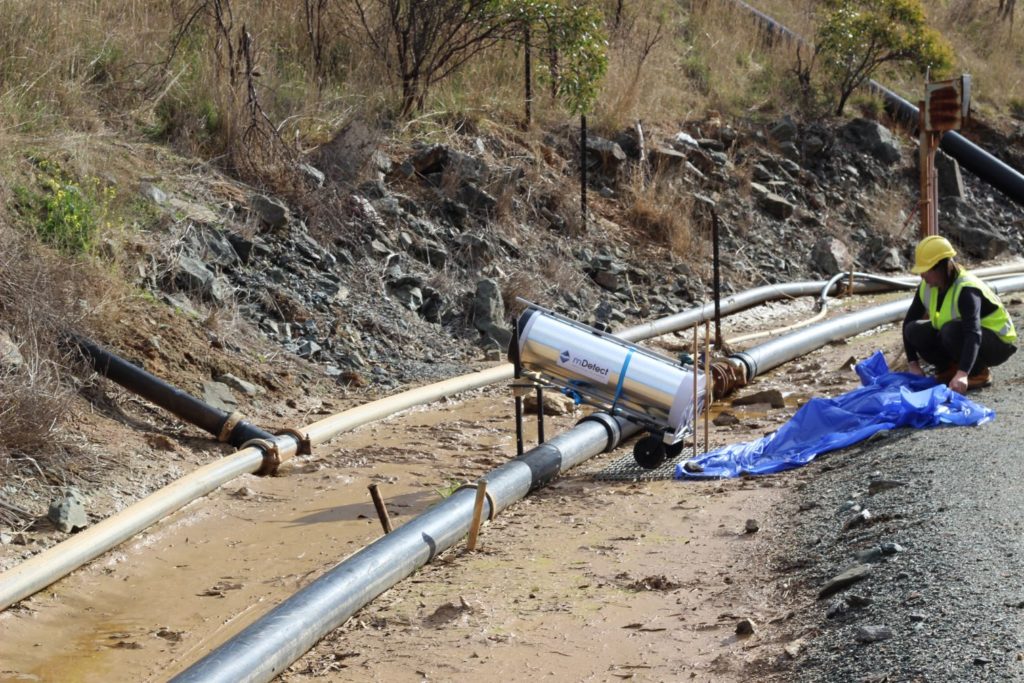Australian start-up, mDetect, a spin-out company from Swinburne University of Technology, is using particles from space, known as muons, to, it says, help mining companies detect weaknesses in dams that secure highly toxic mining waste by-products, making them environmentally safer.
The hazardous waste early warning system, using muon technology, will revolutionise how mining companies monitor the stability of tailings dams, thanks to mDetect’s technology and a A$1.5 million ($1.09 million) co-investment grant from the Federal Government’s Advanced Manufacturing Growth Centre (AMGC) Commercialisation Fund and partners to fast track its commercial production, the university says.
Swinburne University of Technology’s Vice-Chancellor Professor, Pascale Quester, said research and education into space technologies and their terrestrial applications have extraordinary potential for positive economic and social impact.
“Swinburne is focused on ensuring that the vital research we do has significant positive impact,” Quester says. “The important work of mDetect, led by Swinburne’s Professor Alan Duffy, is emblematic of Swinburne’s cutting-edge research and our ability to market innovative ideas. This is paving the way for successful research commercialisation that provides real solutions for industries.”
OZ Minerals, as a key industry partner, has been integral to the development of the technology. The miner is expected to deploy the device at its tailings dam at the Carrapateena operation in South Australia.
Myles Johnston, General Manager of OZ Minerals Carrapateena Province, said: “OZ Minerals recognises our responsibility to meaningfully contribute to regional economic and social wellbeing as stronger communities create value for all stakeholders. By ethically and responsibly exploring for and mining copper, we contribute to a low carbon future and economic wellbeing, which helps us achieve our purpose and contribute to a better future.
“We congratulate mDetect on being awarded the AMGC grant, and the team at Carrapateena is excited to be collaborating with mDetect on the development of a fully supported, flexible 3D muon monitoring system.”
Professor Duffy said: “Muons are heavier versions of electrons that are made when cosmic rays slam into atoms in Earth’s atmosphere. We have patented new detectors, that, combined with powerful artificial intelligence techniques, take an X-ray style scan through solid rock revealing different density structures.”
This patented technology can provide intelligence on the internal structures and substances of buildings, infrastructure, and subterranean and aquatic features, opening up a range of commercial opportunities for the construction and mining industries, Swinburne University says.
“Simply put, muon technology can look through rock to create underground images and detect abnormalities which will provide the early warning signs needed to prevent potential structural failures.”
mDetect will work with local manufacturing company Elgee Industries and Swinburne’s Factory of the Future to produce the muon devices at scale. Connecting these devices and turning detections into underground images will be undertaken by Swinburne’s Astronomy Data and Computing Services software development team.











